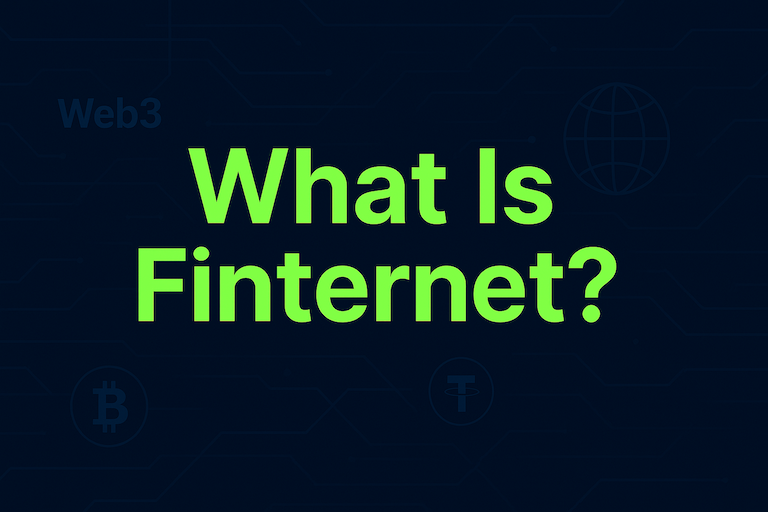How to Utilize Blockchain for Enhanced Accessibility of Machine Learning Models
May 9, 2025
Blockchain and machine learning are two powerful technologies, and when combined, they offer a new approach to model sharing, transparency, and access control. By using blockchain, developers can publish, verify, and monetize AI models in a decentralized, secure, and censorship-resistant way. This article explains how blockchain enhances the accessibility of ML models, and outlines potential use cases and tools shaping this intersection of Web3 and AI.
Why Combine Blockchain with Machine Learning?
Traditional AI deployment is often centralized—hosted on cloud platforms or behind paywalls. Blockchain provides an open infrastructure that can:
Store and track model metadata and versioning
Enable decentralized access control and licensing
Offer token incentives for training, sharing, or validating models
Ensure immutability and transparency of model provenance
Reduce reliance on tech giants for hosting AI services
How It Works: Key Mechanisms
Blockchain can enhance ML accessibility through:
Smart Contracts: Automate access rights, licensing, and micropayments
IPFS or Filecoin: Store and distribute models in a decentralized way
On-chain hashes: Ensure model integrity and verifiability
DAO governance: Community-driven decisions about model updates or usage
Tokenomics: Reward open-source contributions or incentivize inference API usage
These tools make it easier to distribute and trust models without centralized gatekeepers.
Real-World Use Cases
Decentralized AI marketplaces – Users can browse and pay for ML APIs (e.g., image recognition or fraud detection) using crypto.
Model sharing in healthcare or academia – Blockchain ensures data origin, licensing, and collaboration transparency.
Open-source AI communities – Developers earn tokens for publishing useful models, training datasets, or improving results.
On-chain inference verification – Smart contracts can verify AI results for on-chain decision-making (e.g., insurance or finance).
Benefits and Challenges
Benefits:
Transparent ownership and usage records
Open access in permissionless environments
Built-in monetization and licensing logic
Long-term auditability and reputation scoring
Challenges:
High storage costs for large models
Limited real-time inference on-chain
Regulatory and IP concerns for commercial models
Solutions like hybrid on/off-chain architectures are being explored.
Conclusion
Blockchain enables a future where AI is accessible, verifiable, and decentralized. By combining open networks with intelligent models, developers and users alike benefit from a more transparent and collaborative ecosystem.
Start your safe cryptocurrency journey now
Fast and secure deposits and withdrawals, OSL safeguards every transaction !


